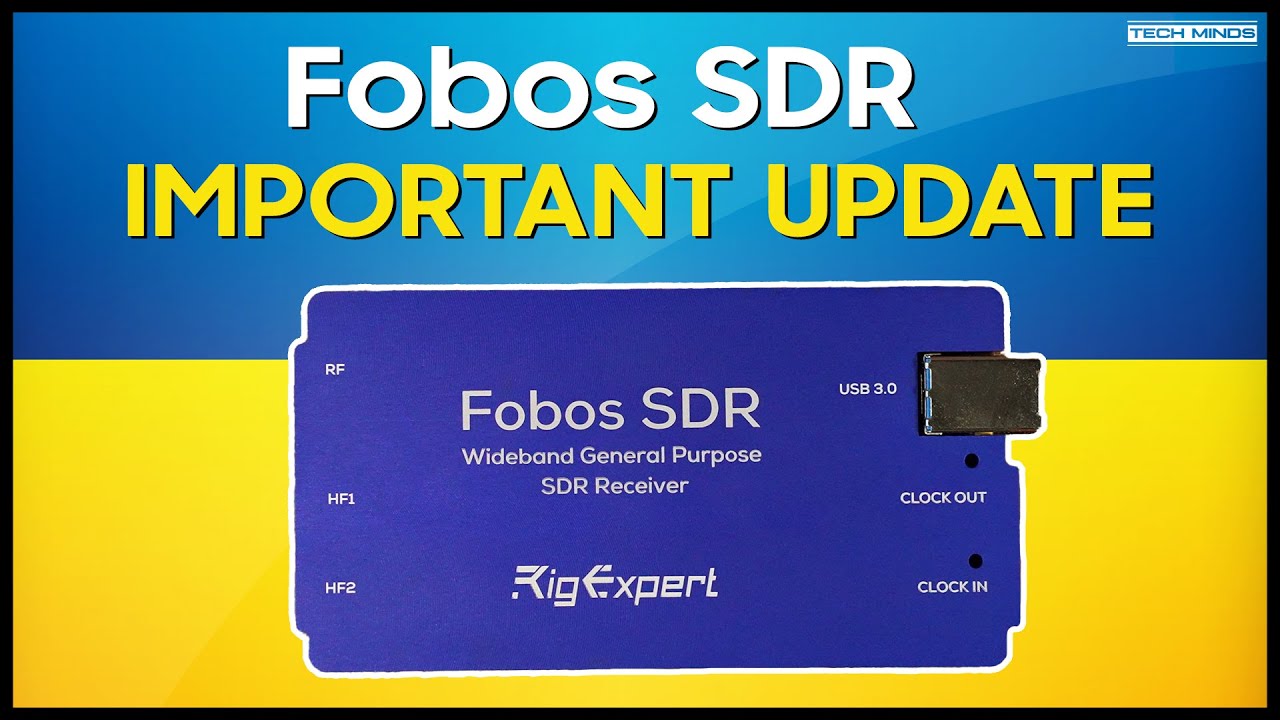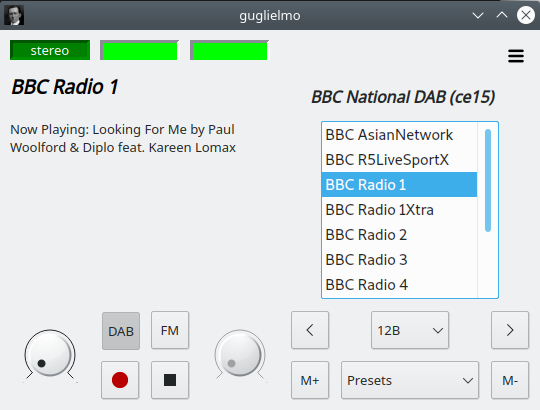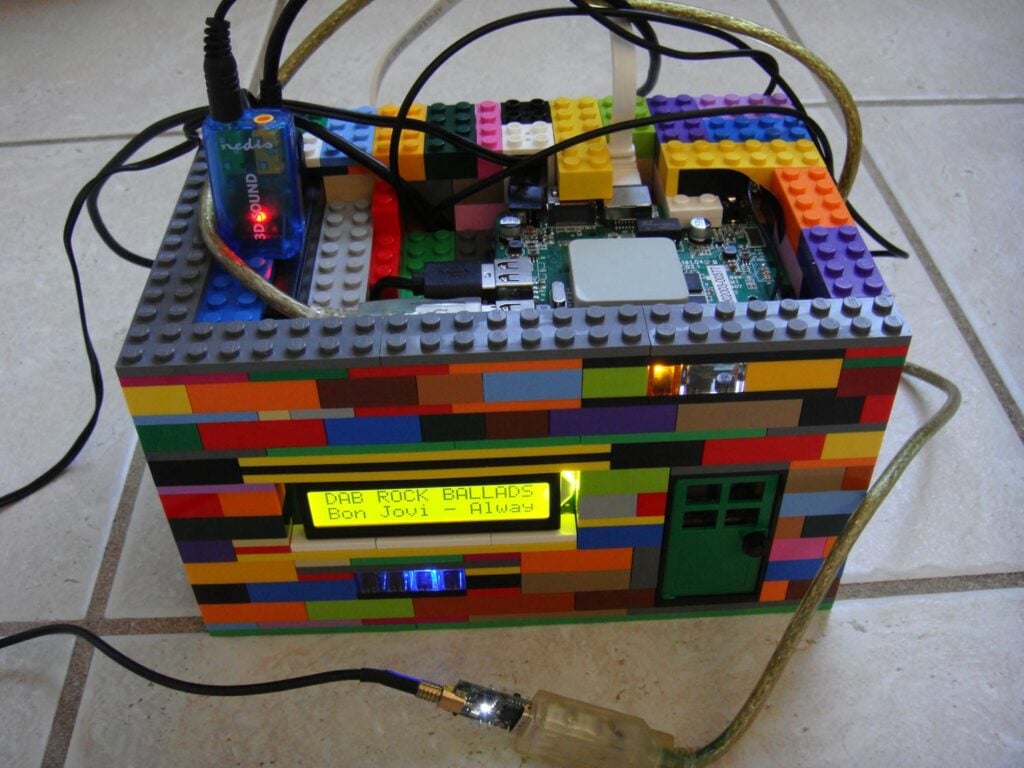In a previous video released last week, Matt from the TechMinds YouTube channel reviewed the RigExpert FobosSDR. The FobosSDR is an RX-only USB 3.0 device, with a 100 kHz to 6 GHz tuning range, 50 MHz of bandwidth, and 14-bit ADC resolution. It comes in at a price reasonable for its specs, which is US$395 from US resellers and from EU resellers around 495,00 €.
However, while the specs look good on paper, Matt’s previous review exposed some severe imaging problems with the device, and noted that lower cost SDRs with similar specs performed much better. Imaging is when strong out of band signals overlap onto other bands, causing issues with receiving signals. This is usually a symptom of incorrect code, poorly thought out design, or poor filtering in hardware.
In the latest video Matt goes through RigExpert’s reply to his video review. In the video the reply from RigExpert stresses that only certain sample rates chosen by the user will result in correct performance in terms of imaging. When the correct sampling rate is chosen Matt observes that the imaging is resolved on the HF bands, although it does not help with the broadcast FM band imaging onto the airband in VHF.
RigExpert also stresses that the FobosSDR is not designed to be a high performance HF SDR and that it is designed to excel in the 50 MHz to 6 GHz range only. However, Matt points out that their marketing goes against this statement, as it advertises that FobosSDR has applications in “high performance HF” and “HAM radio”.
They also note that the official software for FobosSDR is uSDR, and this should be used for best performance. But in his tests, Matt notes that the uSDR software has poor audio quality and FFT resolution on the waterfall, with no settings found to improve it.
Overall, many of the problems seem to stem from a disconnect between the marketing, documentation, and technical people working on the FobosSDR. It also seems that some of the issues could have been solved with additional or tighter built-in filters. But with the retail cost already in the upper range of this spec bracket, they may have opted for the cheaper option which is to tell users to use external filters if necessary.





